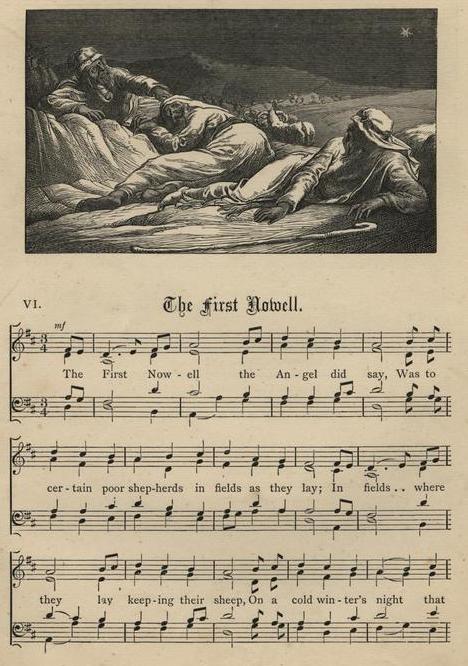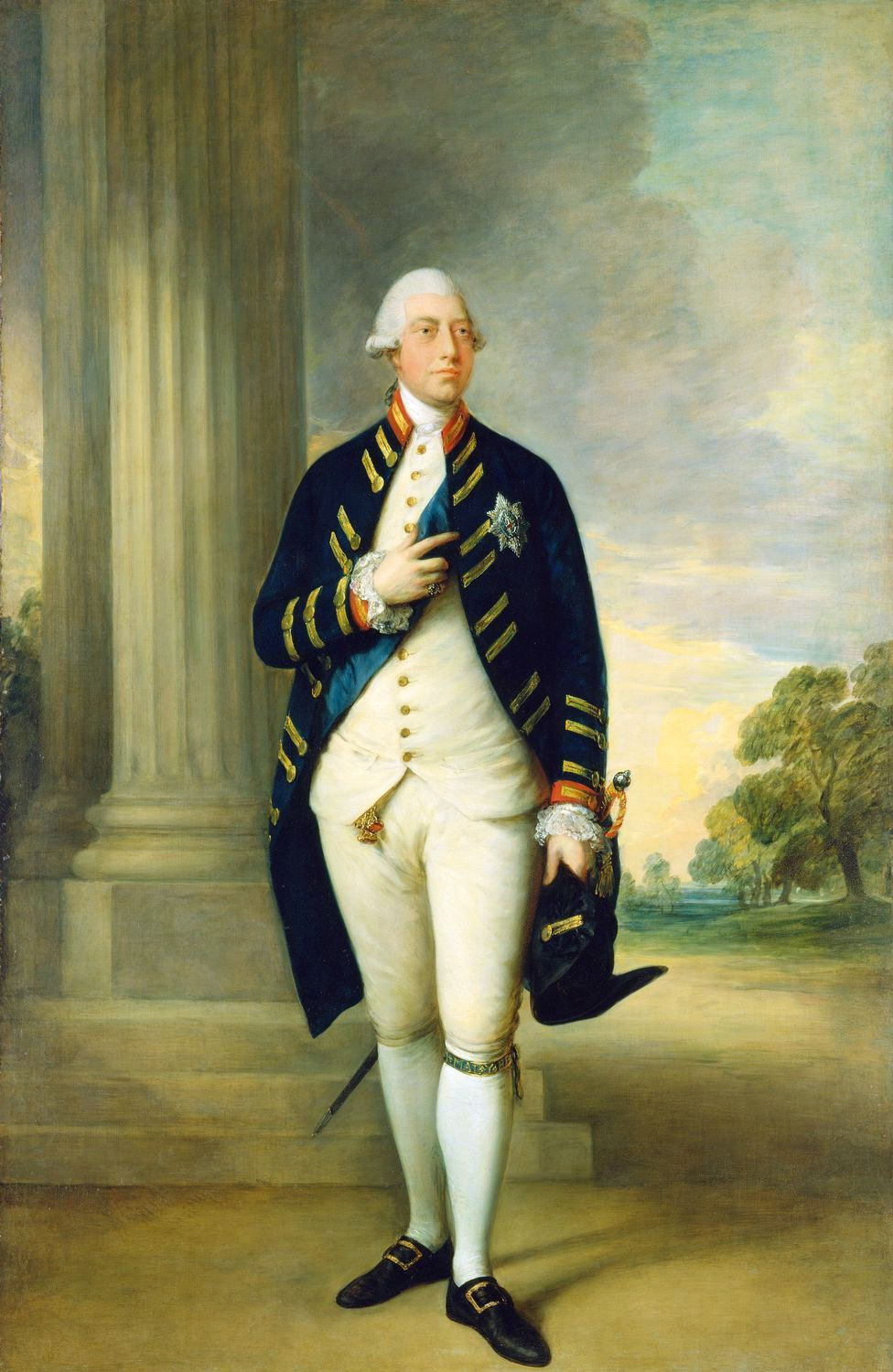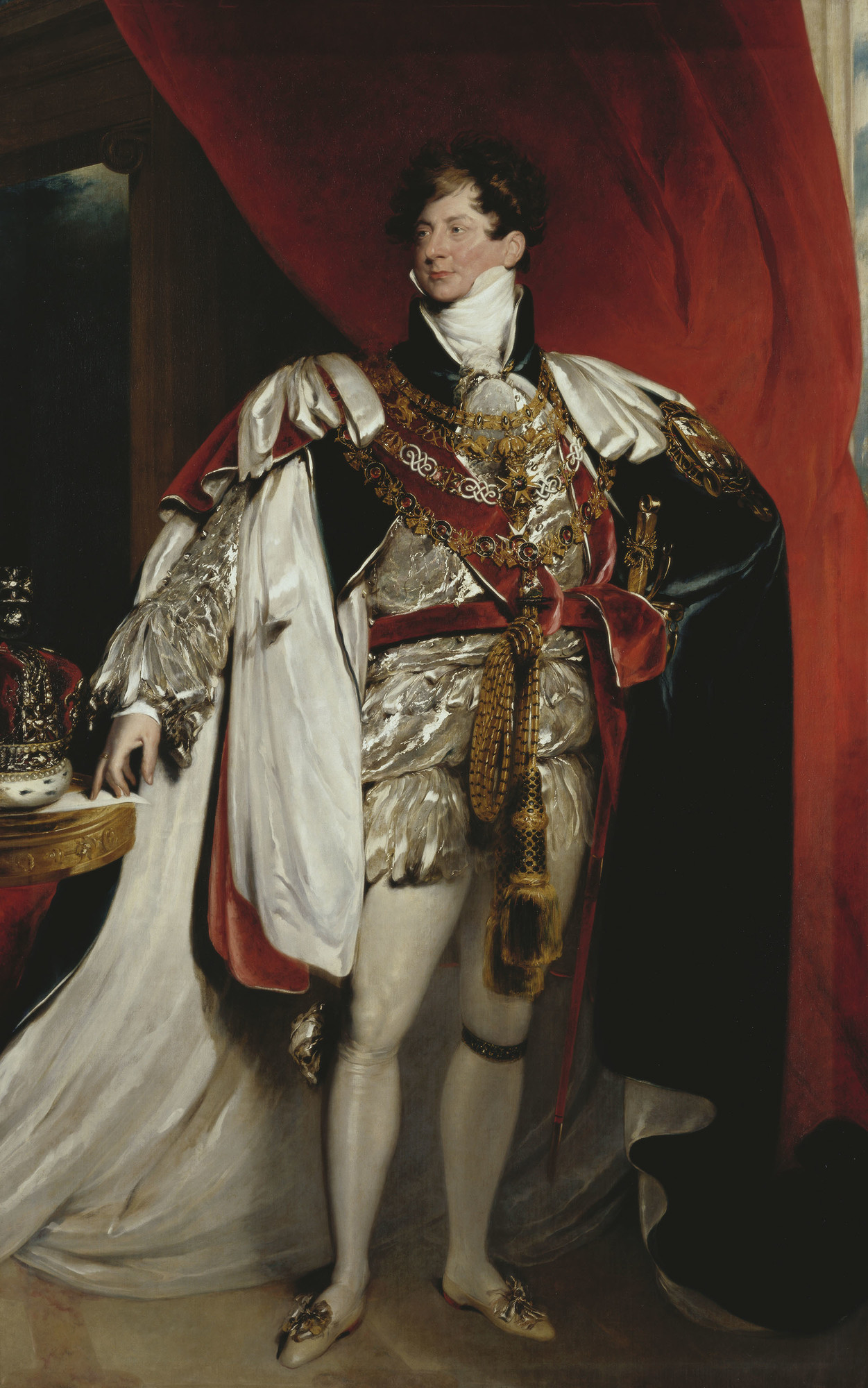When I think of Christmas Time, the lilt of bells and the memories I associate with them flood my mind. A warmth grips me, hugging me tighter than my best spencer. To me, bells always sound happy, giving an ethereal lightness and glow to the heart of the hearer. I prefer the sounds of cast bells. Their song is richer and more full-bodied than their thin sheet-metal cousins.
England is steeped in both, and bell-ringing is a part of the culture and history. The tradition of casting English bells predates the Middle Ages. Today, two of her best bellfounders survive, Taylors of Loughborough (1400) and Mears and Stainbank of Croydon (1570).
Moreover, bells and bell-ringing played a role in Regency life. Bells rang to announce a church service. This service would be on Christmas Day as oppose to the Christmas Eve masses we are accustomed to.
I can imagine hearing the peal (the loud prolonged ringing) of St. George’s eight hemispherical bells tolling on the morn of December 25. Maybe the bell ringers would perform a change ringing where they would display a festive pattern of bell tolls. It wouldn’t be a familiar holiday tune but an exquisite series of tones set to a rhythm indicative of the ringers’ skills. Change ringing is still popular today, in England and around the world.
Church bells would also ring for weddings. Although, it would probably be unusual (in my opinion), I couldn’t find any prohibitions to having a Christmas Day wedding. If Christmas fell on a Sunday after the banns have been successfully read, what cleric would stop the couple and delay the ringing of another successful match?
Amidst the joy, bells of London could also possess a seamy side. They are said to have been rung at Bethlehem Hospital (Bedlam) announcing to gawkers to come stare at the mentally unstable patients. I would hope that Christmas Day would be spared, but not the whole of December.
Perhaps after leaving St. George’s, if I were walking toward a coffee shop, a Morris dancer (or a troupe of Morris dancers) would perform in front of me. The bells strapped below their knees would tinkle with each of their merry steps. The Morris dancer tradition dates back to 15th Century in England. Its earliest notations suggests it was a dance that both men and women could partake in, but at the time of the Regency, it was mostly a male endeavor.
Walking a little farther, I might hear bells strapped to a horse team or the ringing of bells on residences which have not installed a doorknocker. Those households wouldn’t have the advance warning of the importance of their visitor, as a footman’s successive knocks would detail, just the egalitarian jingle for all who darken their thresholds. Well, hopefully these homes are prepared for all coming to sup for Christmas dinner.
Trudging a little farther, I hear a dull peal, one laced with sorrow. Bells were also used to announce deaths. Continuing a tradition started in the Middle Ages, church bells were rung to drive away evil spirits from the departed souls. My heart breaks for anyone losing a loved one, particularly during a season meant for love of family and friends. My continued prayer is for the families of Newtown, Connecticut. Here at Regency Reflections/ChristianRegency.com our hearts are broken, too. The ringing of twenty-six bells are too many.
References:
RWA’s Beau Monde Chapter
Oxford’s City Branch of Church Bell Ringers
Central Council of Church Bell Ringers
Forrest, John. The History of Morris Dancing, 1483–1750. Cambridge: James Clarke & Co Ltd, 1999.
Originally posted 2012-12-17 10:00:00.
 Regency Reflection is happy to welcome Louise M. Gouge to the blog today. Be sure to check out Louise’s new book,
Regency Reflection is happy to welcome Louise M. Gouge to the blog today. Be sure to check out Louise’s new book, 

 Today we are shocked and saddened to hear of any form of child abuse, and efforts are made to save children in similar dangers. Even during the Regency era, many godly reformers sought to make changes in social inequities. But it was not until 1864 that Lord Shaftesbury succeeded in eliminating the use of “climbing-boys” through the Act for the Regulation of Chimney Sweepers, which established a penalty of £10.00 for offenders. That was a hefty sum in those days.
Today we are shocked and saddened to hear of any form of child abuse, and efforts are made to save children in similar dangers. Even during the Regency era, many godly reformers sought to make changes in social inequities. But it was not until 1864 that Lord Shaftesbury succeeded in eliminating the use of “climbing-boys” through the Act for the Regulation of Chimney Sweepers, which established a penalty of £10.00 for offenders. That was a hefty sum in those days.












 The First Nowell… sort of
The First Nowell… sort of




